The Bitcoin logo is an iconic symbol that represents the world’s first decentralized digital currency.
It has become an instantly recognizable symbol for millions of people around the world who are interested in this revolutionary technology.
The Bitcoin logo is more than just a slanted B with two lines through it. It is a symbol of liberty. Liberty for anyone who chooses to embrace it.
Bitcoin does not discriminate, does not pick sides and cannot be controlled by anyone. The Bitcoin logo is the symbol that represents all of this in a single visual element.
But have you ever wondered about the history of the Bitcoin logo? Who designed it, and what is its usage license or hex colour codes?
If you’re looking for the ultimate resource about the Bitcoin logo, look no further.
This blog post will cover it all.
Bitcoin Logo Download
Below are various versions (Black, orange, transparent and in .jpg, .svg, .png or webP formats) of the latest Bitcoin Logo. FREE for you to download and use in your projects.
Make stickers, brand merchandise or do whatever you like – as long as you spread the message of Bitcoin – Financial Freedom and security for everyone!

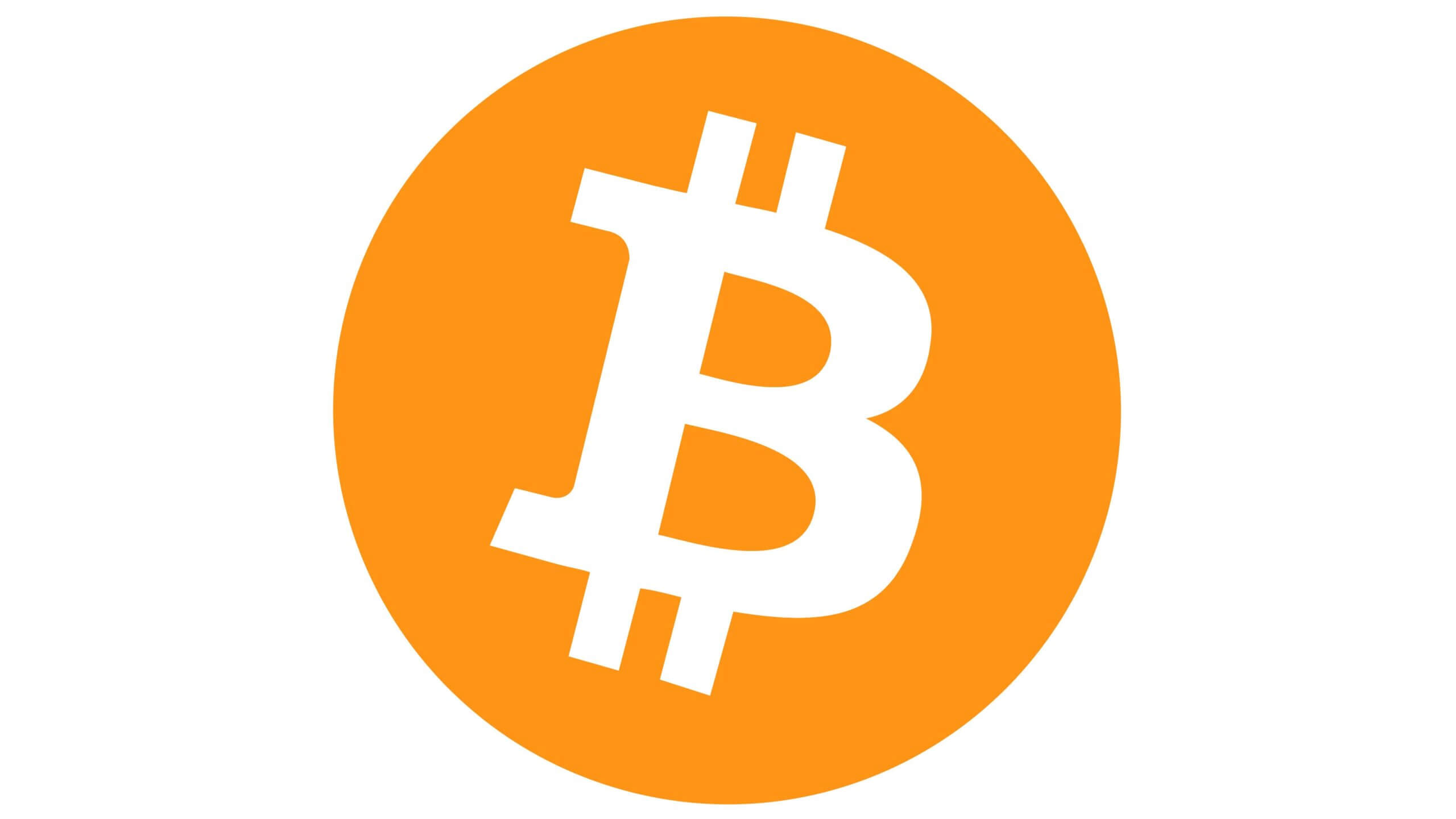
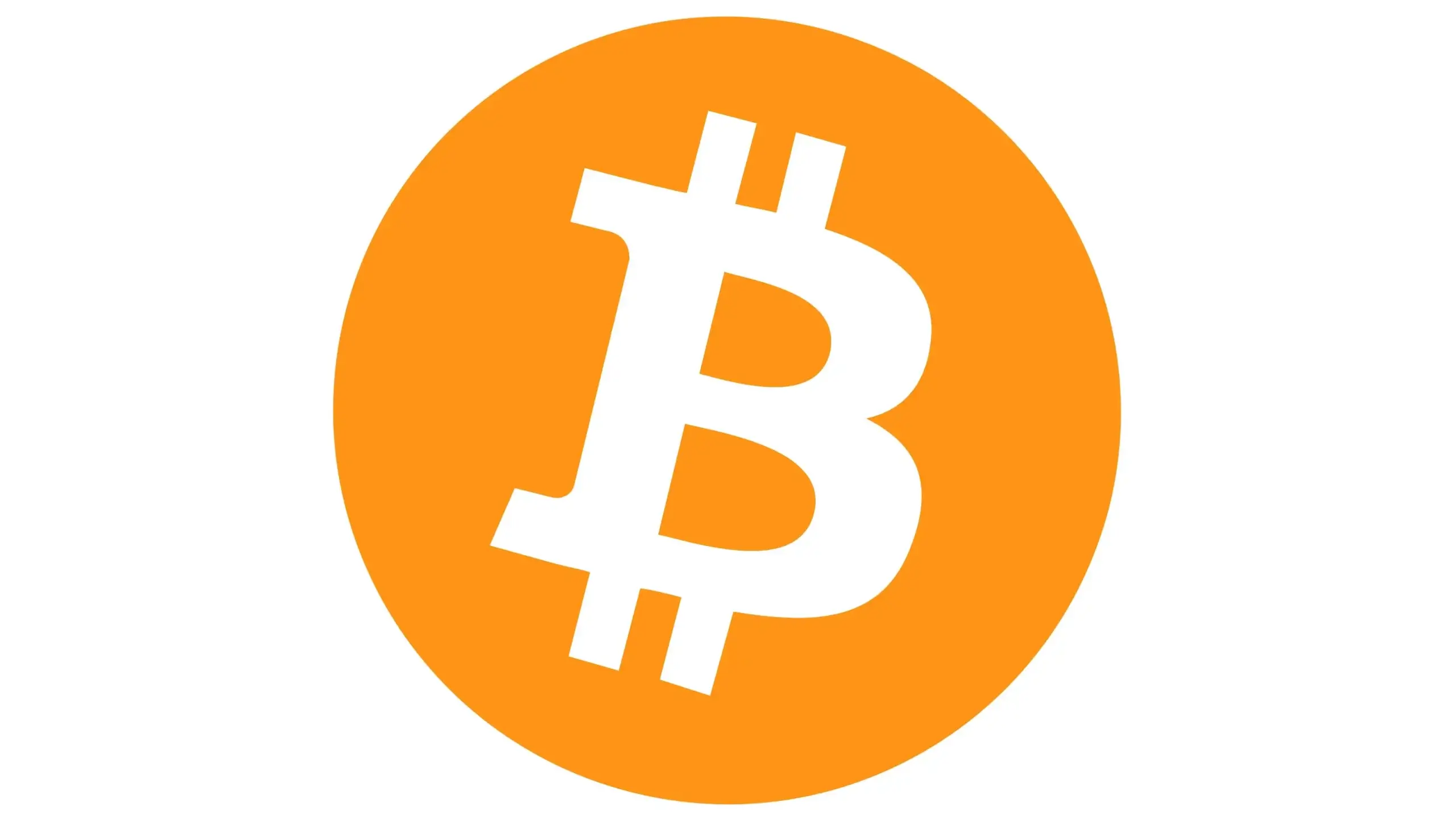
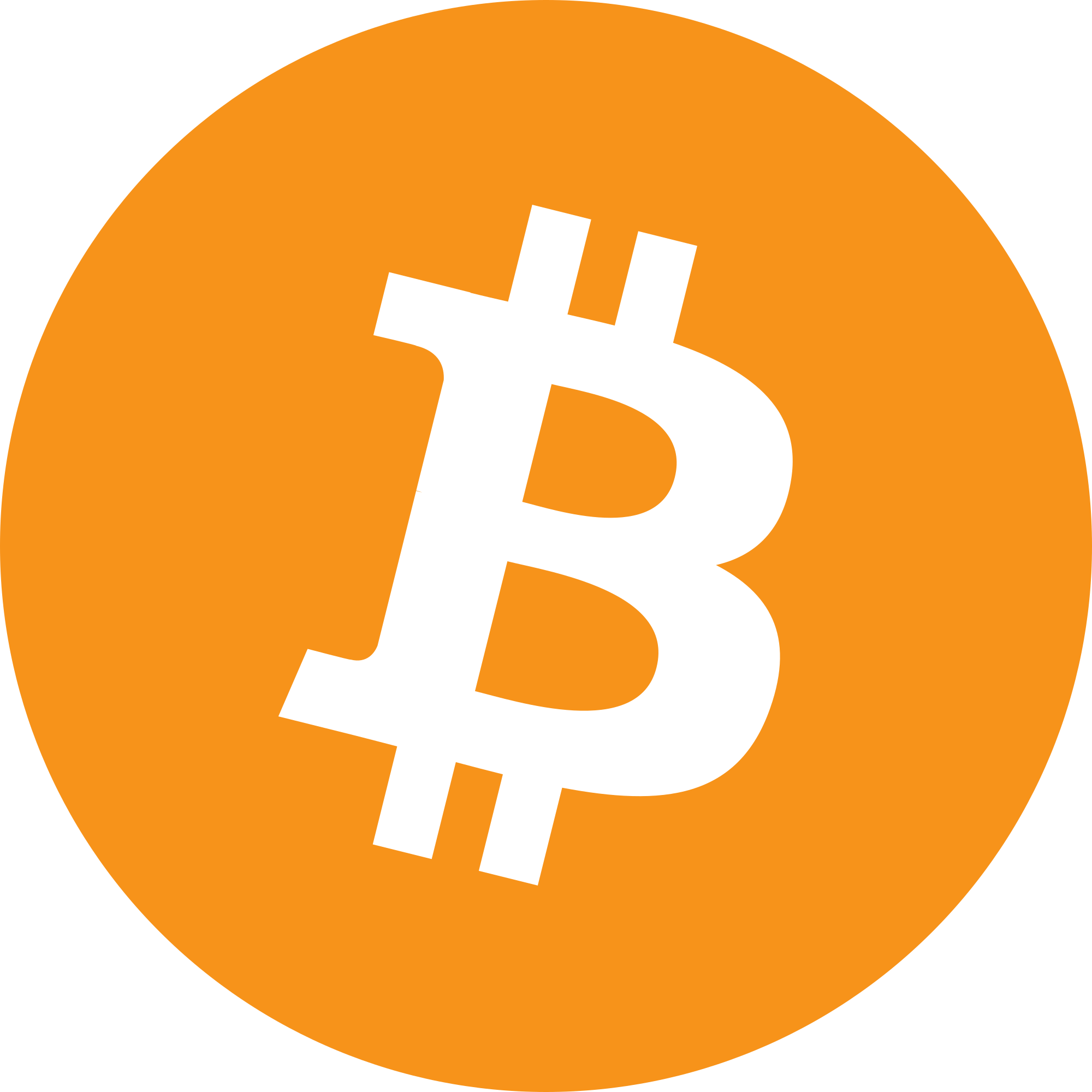
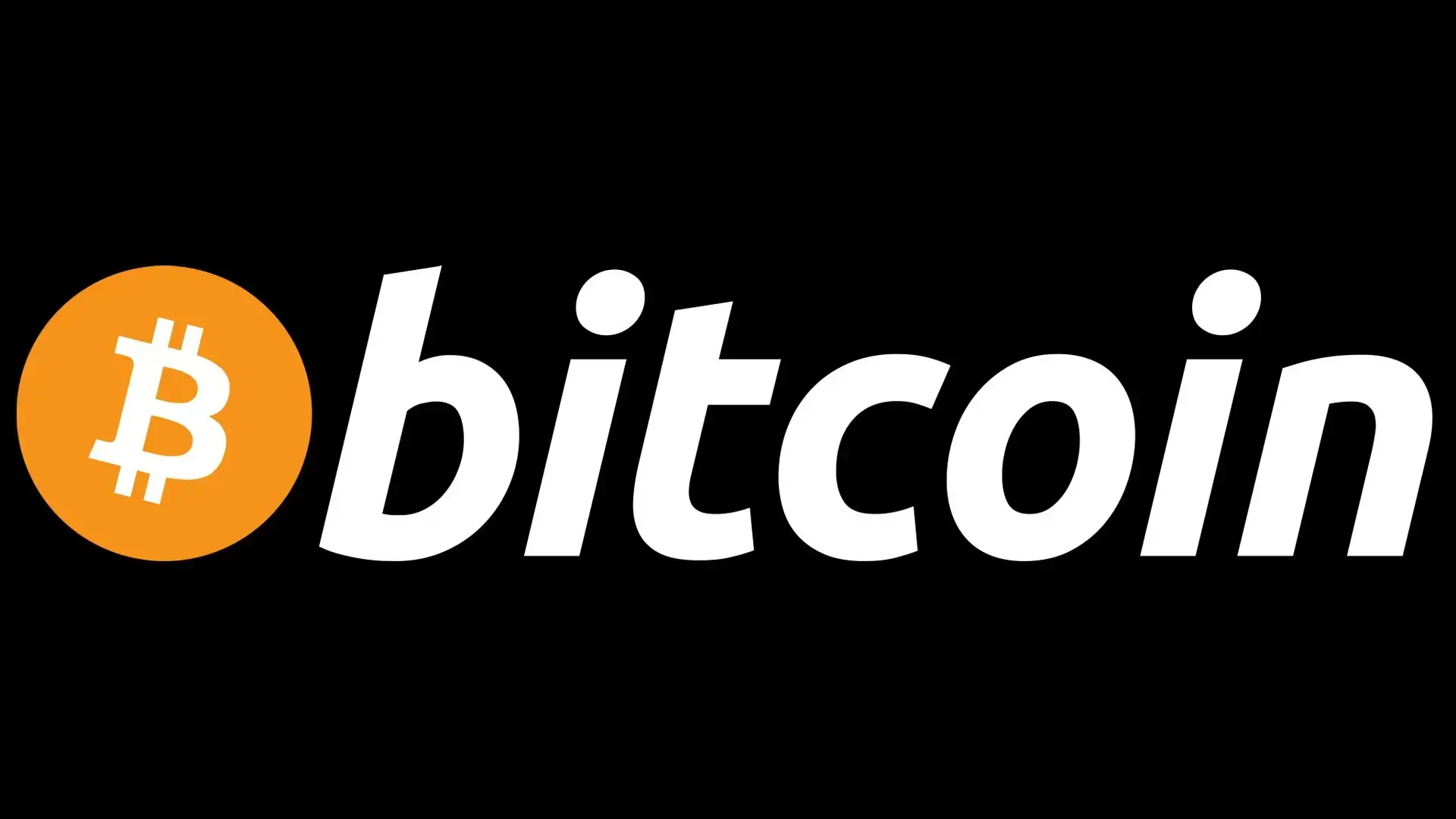
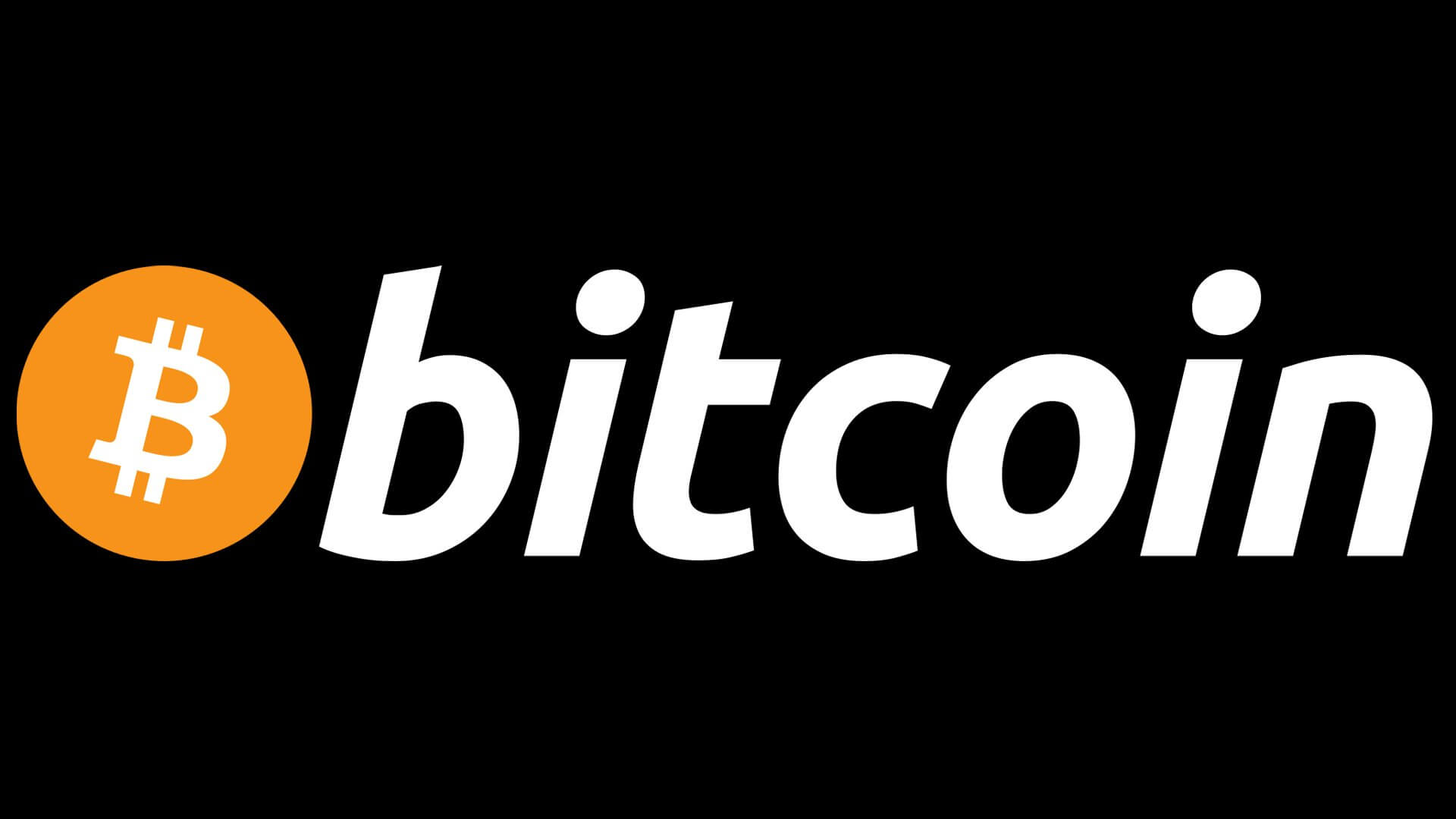
Bitcoin Logo Vital Statistics
Date of Creation: v1 – February 24, 2010; v2 – November 2010
Current Version: v2 by “BitBoy”
Designer: v1 Satoshi Nakamoto; v2 “BitBoy” | Inputs from Phil Wilson
Colour 1: White (HEX Code: #ffffff)
Colour 2: Orange
HEX: #f7931a
RGB: 247 147 26
CMYK: 0 40 89 3
Pantone: PMS 1495 C
Colour 3: Black (HEX Code: #231f20)
The usage license of the Bitcoin logo is open source, which means anyone can use it without needing permission.
This has made the logo widely available for use in a variety of contexts, from Bitcoin wallets and exchanges to t-shirts and bumper stickers.
It is a true representation of the decentralized nature of the Bitcoin ecosystem.
Satoshi Nakamoto & The History of The Bitcoin Logo
So, as the old proverb says: “A picture is worth a thousand words,” but in the case of Bitcoin, its logo is worth millions.
Most of you reading this have only ever known Bitcoin by its current logo… you know, that white, double-striped “B” superimposed on an orange circle.
The Orange coin has gained global recognition as a symbol, but Bitcoin didn’t come with this branding from the start. In the early days of the decentralized currency, Satoshi Nakamoto created a basic logo, which the community refined until settling on the current one. This iterative process exemplifies the dynamic nature of Bitcoin, where every aspect undergoes continuous improvement and evolution.
All you true old-school Bitcoin Maximalists! The evolution of this design is gonna bring back some serious memories. And for those who aren’t familiar, let me take you on a journey through history and give you a crash course on the design philosophy behind Bitcoin’s iconic emblem.
The Evolution of the Bitcoin Logo
The logo evolved quickly and went from a simple two-minute design of a gold coin with the letters BC to an intricate design with a lot of symbolism.
Version 1

Bitcoin Core initially showcased Bitcoin’s inaugural logo, crafted by Satoshi: a golden coin adorned with the initials “BC”. The significance of this homage to gold should not be underestimated, especially since some dismiss the idea of Bitcoin being likened to digital gold as an outlandish notion propagated solely by Bitcoin extremists. Yet, in truth, Satoshi envisioned Bitcoin precisely in this manner right from the outset.
The original gangsters (OGs) generally embraced the logo, although occasionally a few would propose changes on Bitcointalk. One such suggestion entailed incorporating the Thai baht currency symbol (฿) and establishing the initials “BTC” as the official currency code.
The latter gained popularity more quickly compared to the former. Utilizing the Thai baht did prove to be a convenient temporary solution while awaiting a suitable alternative, although some individuals argued that its usage “could lead to confusion.”
Version 1.1

It is entirely possible that this very inspiration led Satoshi to incorporate the distinctive dollar stripes into the design of Bitcoin as we know it today. On February 24, 2010, a new logo was unveiled, bearing a resemblance to the initial gold coin concept. However, the symbol at its core featured two vertical strokes, differing from the Thai baht in that these strokes did not intersect the letter B entirely. Instead, they elegantly protruded from the top and bottom, gracefully bypassing the middle.
Version 2 – Enter “Bitboy”
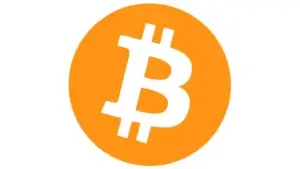
This gold logo remained in use as the primary one until the end of 2010. It was during this period that a pseudonymous commentator, known as “Bitboy”, made their debut on Bitcointalk. In a humble manner, the user introduced themselves and expressed their intention to share some of the graphics they had created.
These graphics were free to download and put in the public domain. Bitboy took the “B” symbol that Satoshi had polished but gave it a fresh look – white on a bright orange circle. And hey, they even tilted it to the right for a cool effect!
Hidden Meanings of the Bitcoin Logo
Undoubtedly, the logo crafted by “Bitboy” has achieved iconic status. It’s remarkable how even individuals unfamiliar with Bitcoin can easily identify it as the universal symbol of this revolutionary technology. Moreover, akin to the very essence of the technology itself, the logo was pseudonymously designed without any expectation of financial gain.
The Bitcoin logo was intricately crafted with meticulous attention to detail. Every element of its design is rooted in a mathematical rationale, carefully balancing practicality, form, symbology, and aesthetics.
The reasoning behind these concepts is meticulously documented in a comprehensive Medium post, along with step-by-step instructions on creating a flawless BTC logo from scratch.
The author, Phil Wilson, played a pivotal role in designing both the second logo introduced by Satoshi in February 2010 and the iconic orange logo we recognize today.
The present version of it is laden with symbols, intricately woven into its fabric.
As an example, the number eight appears multiple times in the dimensions and geometry of Bitcoin’s design. For instance, the letter B is rotated clockwise by 13.88 degrees, which we’ll delve into later.
In Internet language (leetspeak) 1337, the number eight resembles a B, a shorthand for “Block” as explained by Wilson.
The Bitcoin logo’s design incorporates several patterns, such as circles forming the B, that prominently feature the number eight. Additionally, other shapes within the design, like the rectangles, have a length of 12.5, equivalent to one-eighth of 100, further representing the number eight.
Lucky Number 8
In this symbology, the number eight represents the letter B, symbolizing a block. Each new pattern introduced is akin to incorporating an additional block into the logo. As the design process progressed, the shapes underwent multiple resizing, which reflected the varying data sizes of each new block.
What Font?
The logo features the trebuchet font, drawing inspiration from the trebuchet catapult – a beloved weapon in the “Age of Empires” computer game. Wilson cleverly incorporates the vertical strokes of the dollar sign in the Bitcoin design.
With this he creates the illusion that these lines are not part of the Bitcoin symbol, but rather a “Stamped” depiction of the $ symbol embedded by Bitcoin itself.
This clever technique symbolizes Bitcoin’s monetary dominance and reinforces its significance.
Orange is the new Gold
The coin was intentionally colored orange, serving both practical and aesthetic purposes. As Wilson eloquently stated, it needed to be a hue that could be seamlessly replicated on websites and in print media, while also standing out amongst all other currency and payment options.
The Circle
The selection of a circle as the symbol for Bitcoin was deliberate, as it bears resemblance to a coin and embodies qualities of warmth, friendliness, and continuity.
A circle, in its continuous and endless form, mirrors the everlasting nature of Bitcoin.
But Why the Slant?
Let’s address the question that most newcomers tend to ask: Why is the letter “B” slightly tilted to the right? Well, there is indeed an explanation for this, and instead of fumbling through it, let me share it with you exactly as Wilson explained it on his keyboard.
“14° came about by adding an infinite number of B's together by dividing the previous value by 10. 12.5 + 1.25 + 0.125 + 0.0125 + 0.00125 + 0.000125 + 0.0000125 + 0.00000125 + 0.000000125 + 0.0000000125 + 0.00000000125 + 0.000000000125 … This comes to about 13.888 repeating. When using a drawing program that rounds the rotation angle to the closest full percent, the angle becomes 14°. The angle represents the blockchain progressing into the future forever.”
Phil Wilson Tweet
A bit of Fun … or an Answer?
And lastly, the logo for the internet’s native currency would not be complete without a nod to The Hitchhiker’s Guide to the Galaxy. Within the logo, the orange circle is precisely scaled to 525 percent in diameter.
Why this specific value? Well, as Wilson explains, “525% is 12.5 times 42.” In other words, it represents one-eighth of 100 multiplied by 42, which, according to the book, holds the secret to the universe.
Symbol Against Central Authority
Bitcoin, represented by the well-known Bitcoin logo, has become a symbol against central authority in the modern financial system. This decentralized digital currency operates outside of traditional banking systems and government control, allowing individuals to have complete control over their finances.
This is a stark contrast to the current centralized financial system, where banks and governments hold significant power over individuals’ money.
The Bitcoin logo serves as a representation of this decentralized nature, with its unique design featuring two columns and a ‘B’ symbol in the middle resembling a network or chain connecting individuals directly.
No Middleman required
The rise of Bitcoin as a symbol against central authority can be traced back to its underlying technology, known as a blockchain. This technology eliminates the need for intermediaries such as banks or government agencies by creating a secure and transparent peer-to-peer network for financial transactions.
This means that individuals can conduct transactions without any involvement from third parties, making it difficult for central authorities to control or manipulate the flow of money. Furthermore, since blockchain relies on complex mathematical algorithms and encryption techniques, it is virtually impossible to alter or tamper with transaction records, promoting trust and transparency within the system.
“Regulated” by Mathematics
Furthermore, governments’ attempts to regulate or ban cryptocurrencies have only strengthened their symbolism against central authority. The fact that Bitcoin operates independently from traditional regulations and barriers set by governments further reinforces its stance as an alternative to centralized financial systems.
In conclusion, the Bitcoin logo represents much more than just a digital currency; it embodies a movement towards decentralization and resistance against centralized authority in financial systems.
As more individuals embrace this symbol and participate in the Bitcoin network, the momentum towards a decentralized financial system will continue to grow, challenging the traditional power structures and promoting financial freedom for all.
Is the ₿ Symbol a Suitable Replacement for the $ Symbol of the US Dollar?
In my opinion, the ₿ symbol would be a suitable replacement for the $ symbol. The Bitcoin symbol is recognizable and widely used in the world of cryptocurrency, making it a strong contender as a universal currency symbol.
Its modern and sleek design also reflects the digital nature of cryptocurrencies, which is more relevant in today’s society than traditional physical currency.
Additionally, using the Bitcoin symbol a currency symbol could further increase its legitimacy and adoption in mainstream markets.
Overall, I believe that replacing the $ symbol with the ₿ symbol would be a progressive move towards embracing the future of financial transactions.
What are your thoughts on the Bitcoin Logo? Let us know in the comments below!
